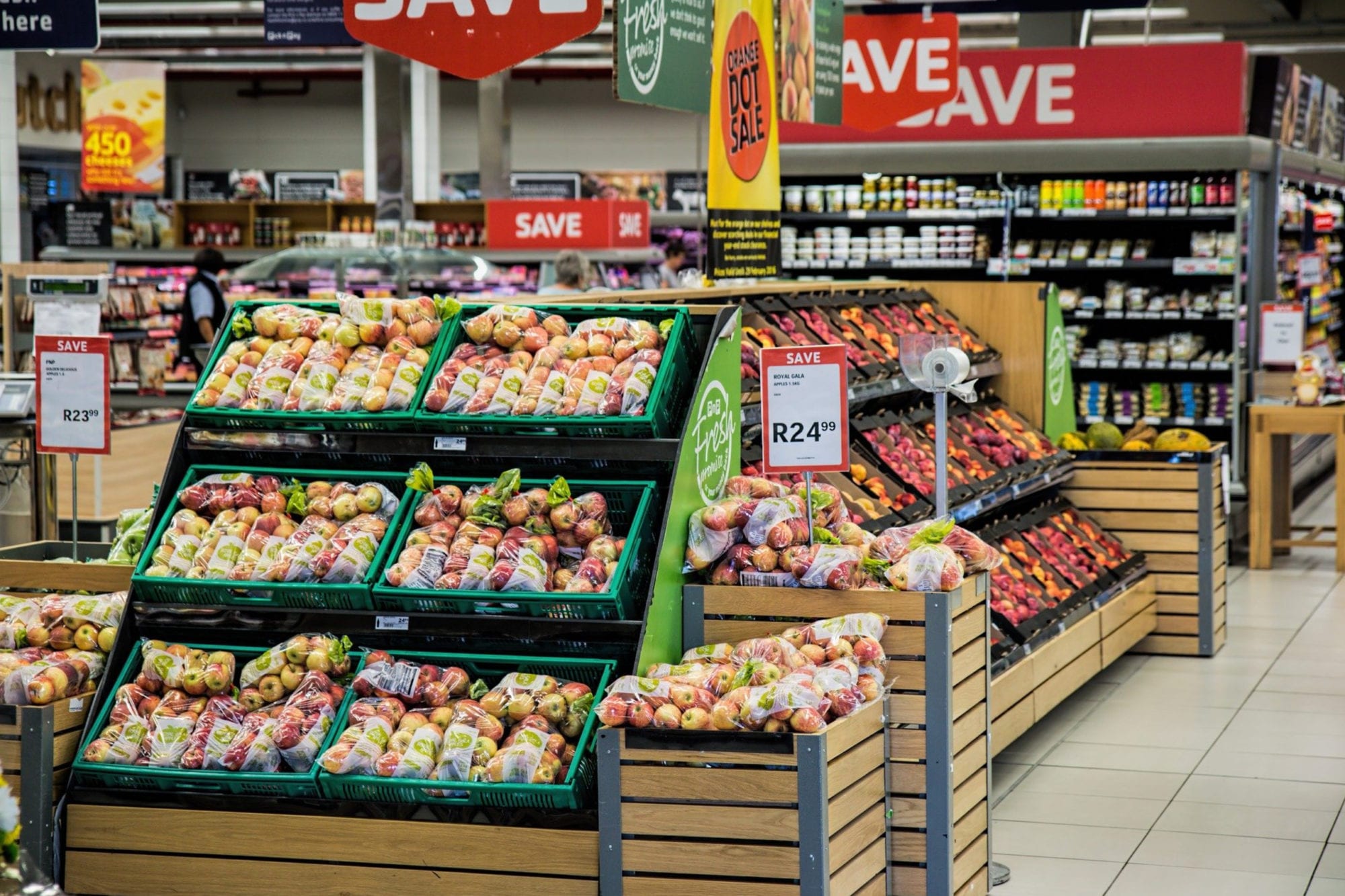Food Insecurity and Transportation Strongly Connected
In urban and rural settings, a direct link has been shown between food insecurity and transportation. As the Center for Disease Control and Prevention (CDC) notes:
“A poor transportation system cuts off access to many food outlets – especially for those who do not own a car or have no access to reliable and affordable public transportation” (2014).
Here at Good News Garage, our Wheels to Work car donation program awards refurbished donated cars to local individuals and families in need. In addition, our Ready To Go van shuttle program provides rides to and from grocery stores for families lacking transportation. Because of these programs, one of the many things our clients are able to do is obtain more nutritious, healthy, and affordable groceries. This is especially important for families that live in rural areas where a grocery store or supermarket with fresh, healthy, and affordable foods may be far away. A personal vehicle is essential for residents in these “food deserts.”
Urban Areas
Scarcity of Supermarkets and Farmers’ Markets
In most urban areas, residents of lower income and minority neighborhoods do not have access to full-service supermarkets and farmers’ markets. According to a brief by the Center for Food and Justice in conjunction with the Community Food Security Coalition:
“Studies have consistently shown that there are fewer full-service food markets per capita in neighborhoods with predominantly low income, minority, or immigrants residents” (Food Security, 2002).
Since there are fewer food retail options, residents are more likely to be “transit dependent.” This can make it difficult for them to travel outside of their neighborhoods.
Low-Quality Options
Small food markets do make more of an appearance in lower-income, urban neighborhoods when compared to their supermarket and farmers’ market counterparts. However, they tend to be smaller and lack in quantity and quality of food. For example, a study in Detroit found that only 18% of stores selling food in three low-income zip code areas sold a minimal “healthy food basket” of items required to cook a balanced meal (Food Security, 2002). Usually, the food that is available costs more than similar items found at supermarkets in middle-income areas.
Because there is such a low amount of food retail options, residents of lower-income areas rely on liquor stores, corner markets, and small ethnic retailers for groceries (Food Security, 2002). These places mainly have packaged and processed food items, and few (if any) fruits and vegetables. Furthermore, there are few sit-down restaurants. So, the only source of prepared food is from fast food chains.
Farther Distance
Residents of lower-income neighborhoods in urban areas have to travel long distances to shop for healthy food. For residents who do not have access to a reliable car, they depend on walking, cabs, and transit for food shopping trips. On the surface, these may seem like good alternatives, but taxis are expensive and most transit systems are designed to meet the needs of rush-hour commuters, not the needs of urban shopping patterns. Overall, without proper transportation, many families are denied equitable access to nutritious food.
Rural Areas
In rural areas, like many parts of New England, food insecurity is also widespread. Population densities are low and stores are scattered, making the distance to fresh and nutritious food a big barrier. This is especially true for low-income, elderly, and disabled residents.
People who do not have or cannot afford a dependable automobile have an even greater problem accessing healthy food than their urban counterparts. This is due to the fact that rural communities do not have public transit systems, as their urban counterparts do. Therefore, residents are put at an even bigger risk of not being able to access affordable and nutritious food. About half of rural counties have no public transit system, including the most isolated areas.
Many of the individuals and families Good News Garage serves live in these rural areas with limited food-buying options. Without a car, they are forced to shop wherever is closest. This entails more expensive purchases and less access to healthy foods, like fruits and vegetables. This is one of the reasons why vehicle donations are so valued here at Good News Garage. If you are interested in donating a car, please visit our donation page here.
Food Assistance Programs
Food assistance programs address the barriers to accessing nutritional and healthy food. Some implement food transportation programs, while others provide educational support to low-income families. SNAP-Ed (Supplemental Nutrition Assistance Program Education), one of the programs at Ascentria, the parent organization of Good News Garage, aids with the latter. SNAP-Ed educated SNAP recipients on how to purchase and prepare fresh, healthy, affordable food for their families. For program details, please visit their Facebook page at www.facebook.com/AscentriaSNAPEd.
In Summary
Access to affordable, healthy, and nutritious food is important for a number of reasons. For instance, it leads to decreased health risks, such as diet-related chronic diseases, and increases and stabilizes focus and performance at school and work. All things considered, access to a reliable vehicle and/or transportation services is instrumental when it comes to equitable access to nutritious food and overcoming food insecurity.
Works Cited
Centers for Disease Control and Prevention. Transportation and Food Access. Centers for Disease Control and Prevention. https://www.cdc.gov/healthyplaces/healthtopics/healthyfood/transportation.htm.
Food Security. (2002). Transportation and Food: The Importance of Access. Food Security. https://foodsecurity.org/
Office of Disease Prevention and Health Promotion. Food Insecurity. Office of Disease Prevention and Health Promotion. https://www.healthypeople.gov/2020/topics-objectives/topic/social-determinants-health/interventions-resources/food-insecurity.
Treuhaft, S. & Karpyn, A. (2010). The Grocery Gap: Who Has Access to Healthy Food and Why It Matters. PolicyLink.











